On my Website:
https://www.mon-antiquaire.com/
I am waiting for your visit,
Géraldine Buisson.
All art dealers and antique dealers would be, as I am, very proud to be able to present you a movable work like this magnificent console to the Consulate period claws attributed to Adam Weisweiler for the cabinetmaking part and Lucien François Feuchère for the bronzes. A "Museum Piece"!
The attribution to Weisweiler was not easy, this magnificent console could very naturally have been attributed to Jacob Desmalter or Charles Lemarchand.
Indeed, a console with similar claws (bronze virgin) was delivered by Jacob Desmalter in 1802 at the hotel on the rue de la Victoire in Paris, then placed in 1806 at the palace of Rambouillet, in the second salon of the empress.However the hocks are slightly more "thick" than on our model.
Another console very similar, that delivered by Charles Lemarchand to the castle of Malmaison around 1800, the hocks of lions, the wings and the structure of our console are found there, the heads of griffins are replaced by female winged busts.
Many researches, as well as the opinions of other specialists, have brought the shape of the hocks, claws, wings as well as the harmony and aesthetics of our console, to the production of Adam Weisweiler during the period of the Consulate and the empire. Like the one stamped by Weisweiler (who, like Pierre Antoine Bellangé, stamped barely a quarter of his production) around 1800, bought by Prince Esterhazy, today kept in the Museum of Decorative Arts in Budapest.
The golden bronzes of exceptional finesse were easily attributed to Lucien François Feuchère, with their very representative style. We also find the bronzes at the level of the heads of the griffins on a clock signed by Feuchère, Psyché crowning love. The palmettes and the crown are found on a pedestal table delivered to Versailles, at the Grand Trianon and whose authors were Lucien François Feuchère for the bronzes and Adam Weisweiler for the cabinetmaking.
This table, from the sculpture of the hocks as well as its golden bronzes corresponds perfectly to the chisels and the harmony of our console.
Weisweiler, who worked mainly with Pierre Philippe Thomire for the "big ornamentations", particularly appreciated the work of Feuchère and often collaborated with him to produce more "refined" models.
Between 1804 and 1809 the production of Weisweiler’s Empire furniture was a very important activity, if one refers to the sums due by Thomire and Duterme, set out in the inventory, after Weisweiler’s death.
Few pieces of furniture have reached us, and the total identification with the principles implemented by the ornemanists no longer makes it possible to distinguish them as before.
Almost all the furniture of Adam Weisweiler have an important past, all have been part of known collections, or are supposed to have belonged to important figures of the Empire (mainly the Emperor, Queen Hortense, Marshal Berthier,...).
Moreover, it is not known whether Weisweiler continued to work with Lignereux. It is very likely that he became a merchant from his establishment on rue des Tournelles in 1797, thus ensuring the execution and sale of his production.
Becoming almost dependent on Thomire-Duterme’s orders, his production was affected by the revival instilled by these sponsors.
However, Weisweiler lost himself in the uniformity of Empire production, without succeeding in creating his own style, as he had done between 1778 and 1790.
The Empire Furniture of Adam Weisweiler remains nonetheless sublime.
I let you appreciate the details of the claws, up to the sculpture of the languages of these, particularly impressive.
The gilding of these, with gold leaf comes to magnify a superb mahogany of Cuba.
The original black marble of Belgium, in excellent condition, completes this work.
Exceptional condition... for an exceptional piece!
If your research and your sensitivity make you attribute this magnificent console to Jacob-Desmalter or Charles Lemarchand, like some other experts I consulted, I would understand you completely.
Dimensions
Height: 36,6 inches
Width: 45,7 inches
Depth: 18,1 inches
ADAM WEISWEILER (1744-1820)
Received Master cabinetmaker on March 26, 1778: Classified among the most remarkable cabinetmakers of his time, Adam Weisweiler stands out for his fancy furniture, taken from the Antique.
Born in Nieuwied-sur-le-Rhin, near Coblentz, Weisweiler was introduced to the profession of cabinetmaker in the workshops of David Roentgen. He moved to Rue du Faubourg Saint-Antoine in 1777, when he married his wife. Once he became a master, he developed a great reputation. He received numerous orders from the Court, through the merchant-mercier Dominique Daguerre, for whom he regularly delivered his works. During the Revolution, Weisweiler bought several buildings. In 1797 he left Faubourg Saint-Antoine for Rue des Tournelles where he owned a shop in which he continued his activities as a cabinetmaker.Shortly after his wife’s death in 1809, his only son Jean, who had worked with him until then, was interned in a psychiatric asylum. At this time, Weisweiler is mentioned as a former cabinetmaker.
Weisweiler’s work, which has a wide variety of shapes and materials, nevertheless has a great unity – visible during the cabinet maker’s 15 fruitful years. Illustrator of the so-called «Pompeian» style, his manner is characterized by the most beautiful qualities but also by its originality. We lend him works made in the best taste and skill. For the structure of its furniture, Weisweiler opts for lightness, simplicity and rigidity. His furniture combines the passion of antiquity with the attributes bequeathed by previous kingdoms. Weisweiler likes the column-shaped feet, which are thinning towards the ground and end with motifs inspired by ancient architecture. Crotch braces often reinforce the fragility of his works.
An expert in cabinetmaking, he favors precious oak, mahogany, ebony, amboine or cedar woods, selected among the species of first choice, which highlight the simple lines of his furniture. He adds copper rods, often at the level of the feet to which he gives the appearance of Doric columns. Although he made very few marquetry works, Weisweiler displayed in the decorative elements of his works a predominance of Sèvres or Wedgwood porcelain plates as well as lacquer or red horn panels.Student of Roentgen, he retains the taste of furniture with ingenious mechanism and secret offices. Finally, it is characterized by furniture often of very small dimensions such as the pedestal or the happiness-of-the-day always drawn with an extreme rigor while lightness.
LUCIEN-FRANÇOIS FEUCHÈRE (1766-1841)
Master Bronzer and Master Gilder. Son of Pierre François Feuchère
A gilding companion to his father-in-law Chéron, whom he succeeded as master in 1763.
His works in bronze (furniture decorations, clocks, wall lights, candelabra, etc.) are still particularly popular, like those of his father. His workshop on Rue N.D. de Nazareth supplied the imperial storage and would have counted more than 150 craftsmen and workers. His son Armand and his son-in-law Fossey continued the family tradition of foundry and gilding after him.
BIBLIOGRAPHY :
-Weisweiler, Maurice Segoura, Editions d'art Monelle Hayot.
-Mobilier Français Consulat et Empire, Jean pierre Samoyault.
-Le Mobilier Français du XVIIIème Siècle - Pierre Kjellberg - Les Editions de l'Amateur - 2002
-Les ébénistes du XVIIIe siècle - Comte François de Salverte - Les éditions d'Art et d'Histoire - 1934
-Les ébénistes du XVIIIe siècle français - Collection Connaissance des Arts "Grands Artisans d'Autrefois"
I manage for you the delivery in France as well as internationally. For a delivery outside Europe, contact me to establish one or more quotations.
I ensure that special care is taken for a packaging and a protection adapted to your purchases.



















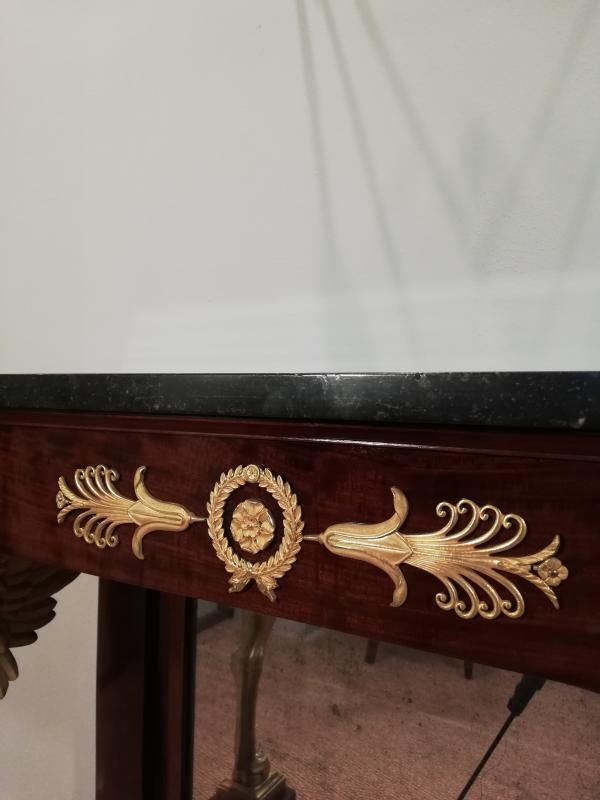



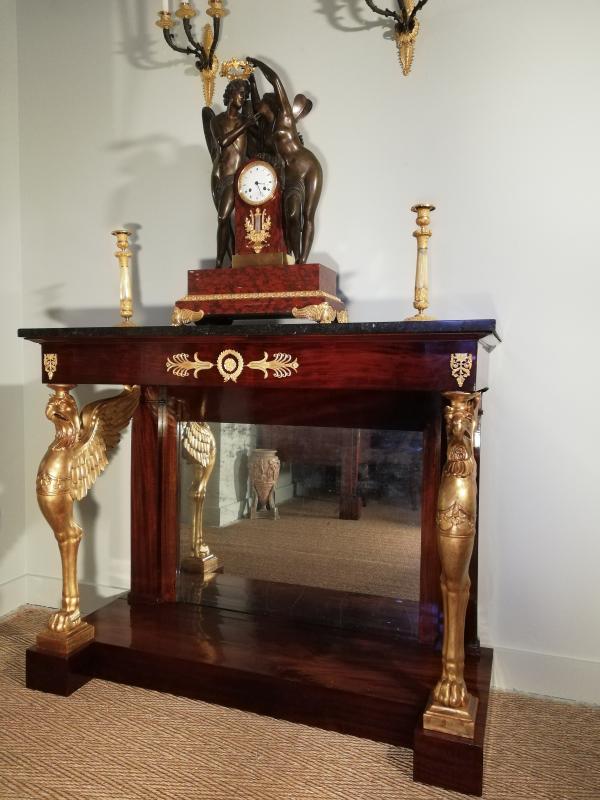








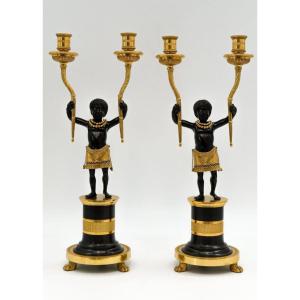
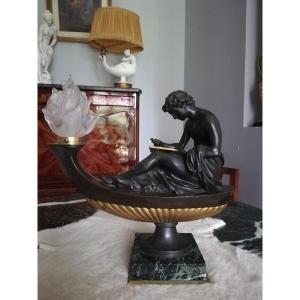

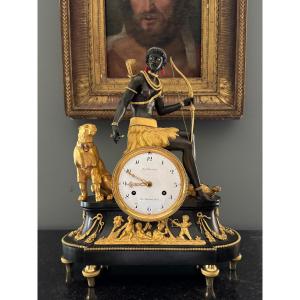
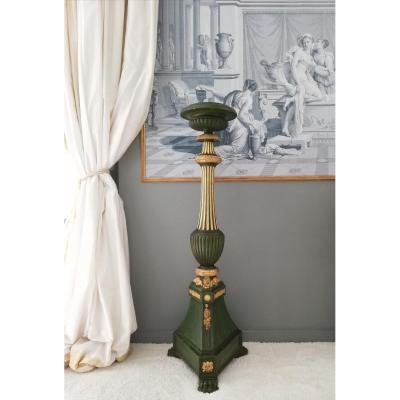



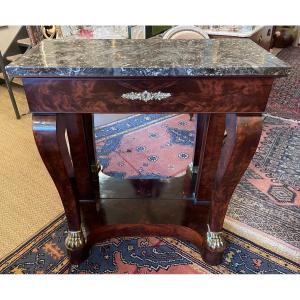







 Le Magazine de PROANTIC
Le Magazine de PROANTIC TRÉSORS Magazine
TRÉSORS Magazine Rivista Artiquariato
Rivista Artiquariato